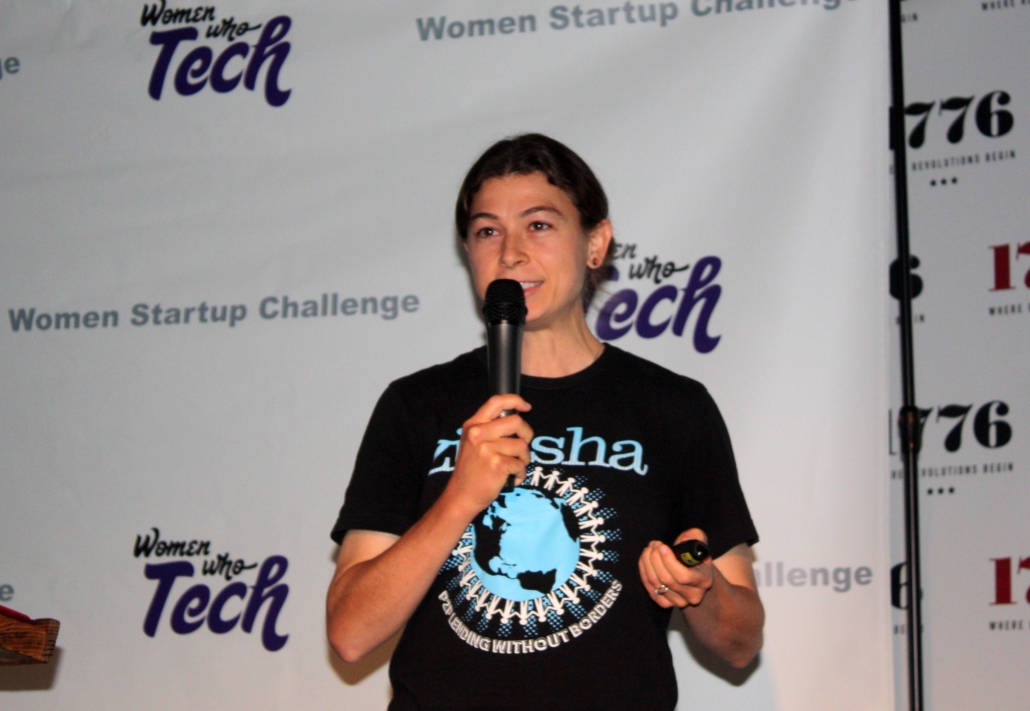4 Microlending Organizations that Empower the Poor

In the fight against global poverty, one hot-button issue is how to provide aid without the implication of paternalism, the idea that one person or group knows the interests of another group better than that group knows its own interests. Tariq Fancy, the founder of the nonprofit The Rumie Initiative, recalls hearing a Kenyan relative’s view on problems with international aid, saying “don’t walk in assuming that from your perch in North America you figured out all the answers for Africa.” Putting resources and power in the hands of communities both provides aid and acknowledges that they can make decisions about local interests. Microlending organizations have the power to do just that
Microloans are small loans at low-interest rates. Individuals living in poverty often have difficulty securing loans from traditional financial institutions due to a lack of borrowing history and assets to use as collateral. Even when people can get loans, interest rates are often high. People often use microloans to finance small businesses in their early stages, enabling people to overcome barriers and progress toward lifting themselves and their families out of poverty.
Microlending organizations can also issue loans for community projects, like building wells or funding schools. Microlending organizations typically, but not always, issue loans funded by individuals rather than by banks or other financial institutions. Here are four companies and organizations that use microlending in different forms to empower people living in poverty.
Four Microlending Organizations that Empower the Poor
- Kiva: Kiva crowdfunds loans from people around the world and uses partners to issue them. The nonprofit has enabled the funding of more than $1.33 billion in loans. Kiva emerged in 2005 and has partnerships with financial institutions throughout the world, where it transfers the crowdfunded money. The local field partners then loan money to Kiva’s lenders. Kiva has a 96.8 percent repayment rate and operates in 78 countries. On Kiva’s website, lenders can sort loans by region or category, such as agriculture, women and eco-friendly.
- Zidisha: Zidisha is the first direct person-to-person microlending service that focuses on entrepreneurs and job creation. Its name” comes from the Swahili word meaning “grow.” Unlike Kiva, Zidisha does not loan through financial institutions but facilitates direct lending between people. Zidisha’s loans total more than $16 million and have financed more than 240,000 projects.
- Building Resources Across Communities: Building Resources Across Communities (BRAC) is the largest non-governmental development organization in the world in terms of number of employees. Hasan founded BRAC in 1972 and it employs more than 120,000 people in 11 countries. BRAC has a microfinance program, primarily in Bangladesh, which has loaned to 5.6 million borrowers, 87 percent of whom are women. Unlike Kiva and Zidisha, which operate person-to-person lending services, BRAC distributes loans to lenders on its own using donations and other funds. BRAC also does work unrelated to microfinance, investing in schools and in water, hygiene and sanitation services.
- Women’s Microfinance Initiative (WMI): Women’s Microfinance Initiative (WMI) began issuing loans in 2008 and trains local women in managing loan hubs. WMI has loaned more than $4.5 million to rural women in amounts of $100 to $250 at an interest rate of 10 percent. According to WMI, 99 percent of its borrowers report doubling their income within six months of being involved in the program. WMI reports a 98 percent repayment rate.
The efficacy of microlending in pulling people out of poverty is up for debate, but some cases have shown promising results. A microfinance program in Uzbekistan resulted in 71 percent of participants reporting an increase in food intake quality. One study showed that when a microfinance program was put in place, there was an 18 percent decline in extreme poverty. While different studies report differing results, microlending organizations like Kiva, Zidisha, BRAC and WMI have certainly been a success.
– Meredith Charney
Photo: Flickr
